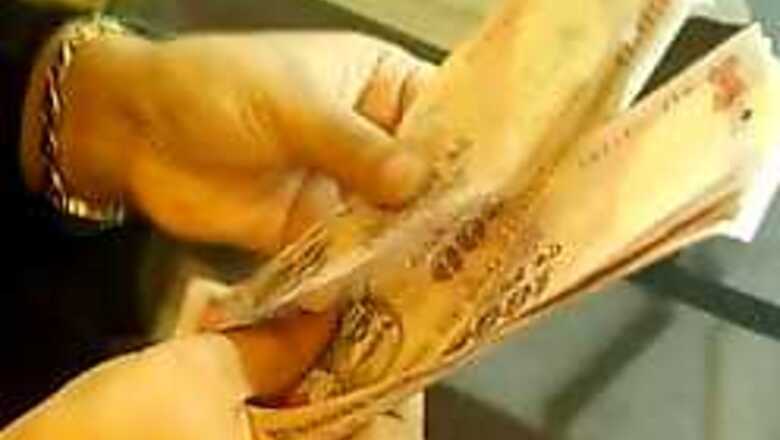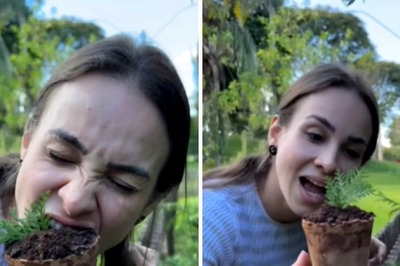
views
If compound interest is so simple that it is taught in high school, how come it took a brilliant man and arguably the greatest scientist in the world to call it the 8th wonder of the world?
Was it to remind us that we forgot about a magic theory? Really, understanding compound interest is very, very difficult. The human mind does not comprehend such growth so easily. We in our physical selves have a simpler type of growth. So we do not comprehend compounding of growth. A few old, really old stories might just help.
Let us start with the famous story of the Persian emperor who was so enchanted with a new ‘chess’ game that he wanted to fulfill any wish the inventor of the game had. This inventor, a mathematician, decided to ask for one seed of grain on the first square of the chessboard doubling the amounts on each of the following squares.
The emperor, at first happy about such modesty, was soon to discover that the total yield of his entire empire would not be sufficient to fulfill the ‘modest’ wish. The amount needed on the 64th square of the chessboard equals 440 times the yield of grain of the entire planet. Just try converting into money in any currency and you will realize the importance of compounding.
A similar analogy is that one penny invested at the birth of Jesus Christ at 4 per cent interest would have bought one ball of gold equal to the weight of the earth in the year 1750. In 1990, however, it would buy 8,190 such balls of gold.
At 5 per cent interest it would have bought one ball of gold by the year 1466. By 1990, it would buy 2,200 billion balls of gold equal to the weight of the earth.
The example shows the enormous difference 1 per cent makes. It also proves that the continual payment of interest and compound interest is arithmetically, as well as practically, impossible.
Just see what a difference it would have made if your great grand father had invested in a bank fixed deposit only Rs 100 say 150 years back. What it would have grown to?
PAGE_BREAK
Here is a dream sheet – see for yourself. Imagine Rs 100 is invested and it grows at 10 per cent every year. Column 2 is what it will grow to if it was held for the number of years in column 1. So if your great grand father invested Rs 100, 150 years ago, you would have inherited Rs 16 crore.
it would
grow to
(Rs)
1
So what is the learning from this sheet? Even a 1 per cent difference can make a mountain of a difference, but the greatest difference is made by the number of years the money remains untouched. That is the key.
For those more mathematically inclined, I state below the formula:
Vn = Vo * (1+r)^n
‘n’ in the compounding formula is the number of times the amount is compounded. But for practical purposes if you take that as the time for which you stay invested in an instrument, you would not be too wrong either.
What it means is that:
The amount of money that you require (Vn) is equal to the amount invested today (Vo) multiplied by [1+ interest rate (r)] raised to the number of times the amount is compounded (n).
In this formula you as a client can control how much money you want at the end of the waiting period (Vn), how long the money can be invested (n), and how much money you can invest today Vo.
Instead of worrying about ‘r’, just start investing. That is the key.
Takeaways:
1. Start investing early
2. Do not touch the amount for a long time
3. Do not keep jumping from one investment instrument to another
4. Let the power of compounding work for you. It would have worked for your grand dad, dad and you. If they knew it, great. If they did not, you can start the line. At least your grandchild will praise you for it.
5. To see what it would have become over 500 years is fantasy. What it could have become over 150 is Ratan Tata.
6. When you read about ‘the rich get richer, and the poor get poorer’, it is not about socialism. It is about compounding.
The author PV Subramanyam is a chartered accountant and a financial domain trainer

















Comments
0 comment